Sandy Hook has survived major fires, budget cuts, and neglect. To that list of afflictions can now be added its namesake, Hurricane (aka, Superstorm) Sandy. On my most recent trip I stopped off at one of my old haunts, the Sandy Hook Laboratory in New Jersey. I worked there as a young marine biologist many years ago, so this visit was, in a sense at least, both science traveling and time traveling.
Officially known as the James J. Howard Marine Sciences Laboratory at Sandy Hook, the lab is a facility of the National Marine Fisheries Service, part of the National Oceanographic and Atmospheric Administration (NOAA). A devastating fire destroyed my building when I was there, necessitating my move on to another job. Eventually, after many years, a new laboratory building arose. It was that lab that I visited.
My first stop, however, was in Union Beach, NJ. I had owned a house there in a previous life, and it was hit hard by Hurricane Sandy. Recently a half-destroyed yellow house has become an iconic image of Sandy – that house was down the street from mine. It no longer exists. In fact, very little of that row of houses and restaurants survived Sandy. Some are slowly being rebuilt; others remain just reminders of what used to be.

Further down the road is a hook of sand called, appropriately enough, Sandy Hook. I wrote about my fragrant memories of the Hook in a creative writing piece named “The Scents of Sandy Hook.” Additional background on the piece and the Hook (plus a throwback photo of me imitating Jacques Cousteau) can be read in this previous Science Traveler article.
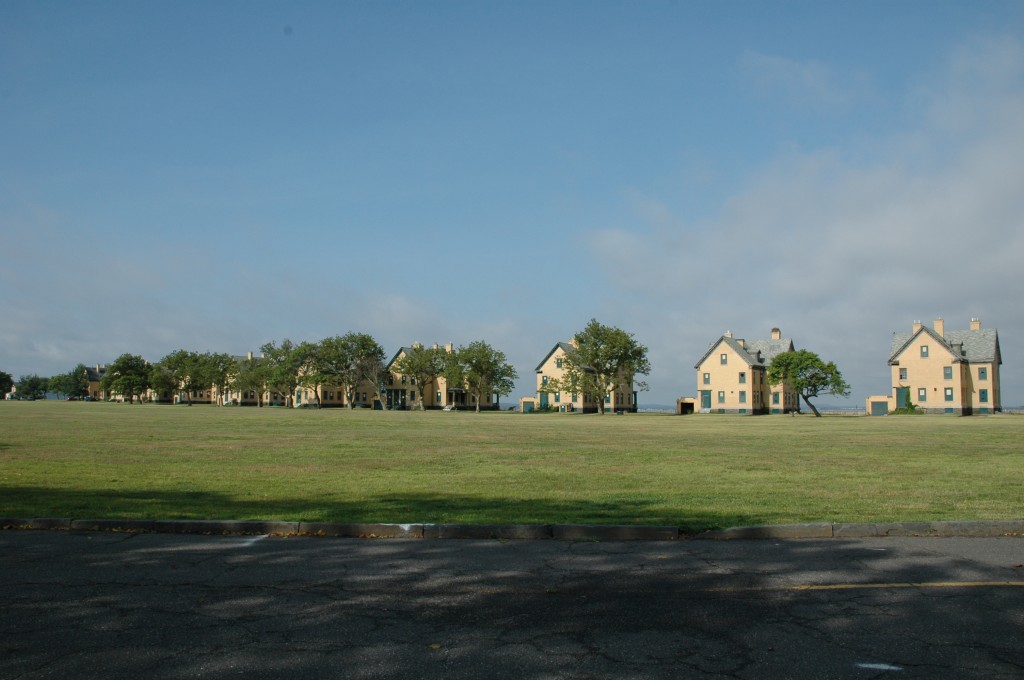
Long ago Sandy Hook was an Army hospital, and the Officers Row, now in depressing disrepair, still lines the bayside road (see photo above). The old hospital was turned into the fisheries laboratory; the one that was burned to the ground in a sad case of arson that deserves its own story some day. If you look at the chimney on the second house to the right in the photo above you’ll see an osprey nest. Several of the old, abandoned yellow brick houses now serve as stands for these magnificent birds. I caught sight of one of a pair flying off below.

Because of the historical value of the site, the new laboratory externally mimics the same yellow brick style. The inside largely mimics the old lab design that I spent so many memorable days maintaining.
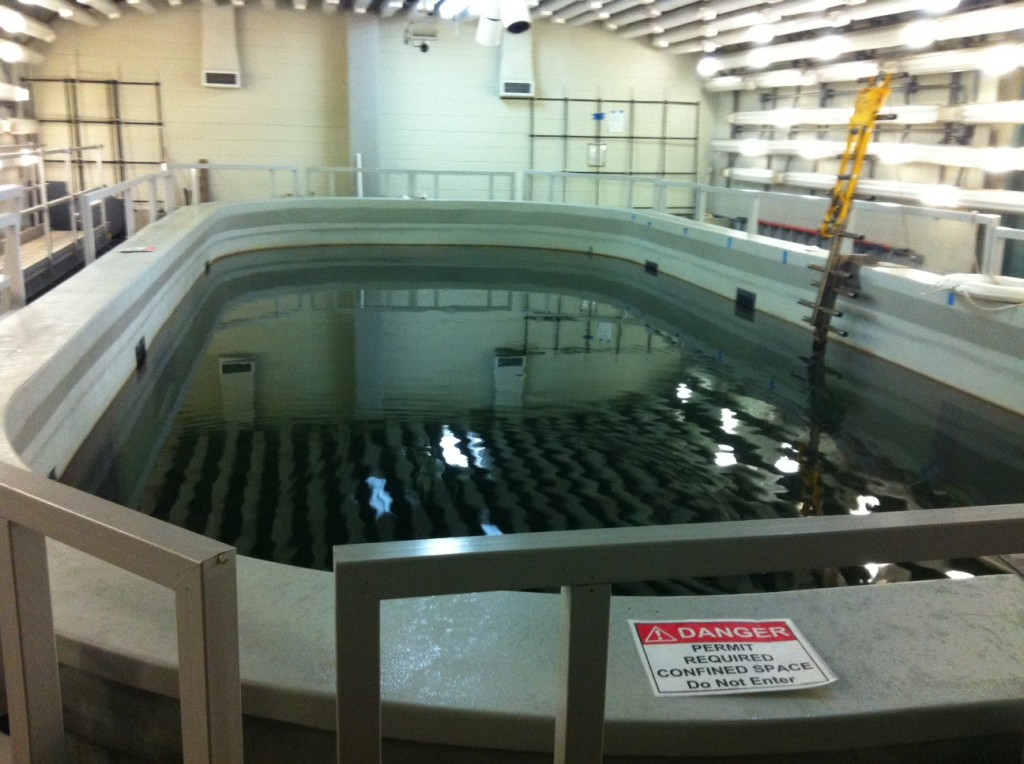
The centerpiece, then and now, is a 32,000 gallon concrete tank used for behavioral studies. When I was there we mainly used it for studying bluefish (made famous by Hiroshima author John Hersey’s book, Blues). An old colleague of mine from that era, now Branch Chief, said that the tank is now used for Black Sea Bass research. She also showed me some of the other facilities, including the ocean acidification lab where the effects of climate change on spawning and behavior are studied.
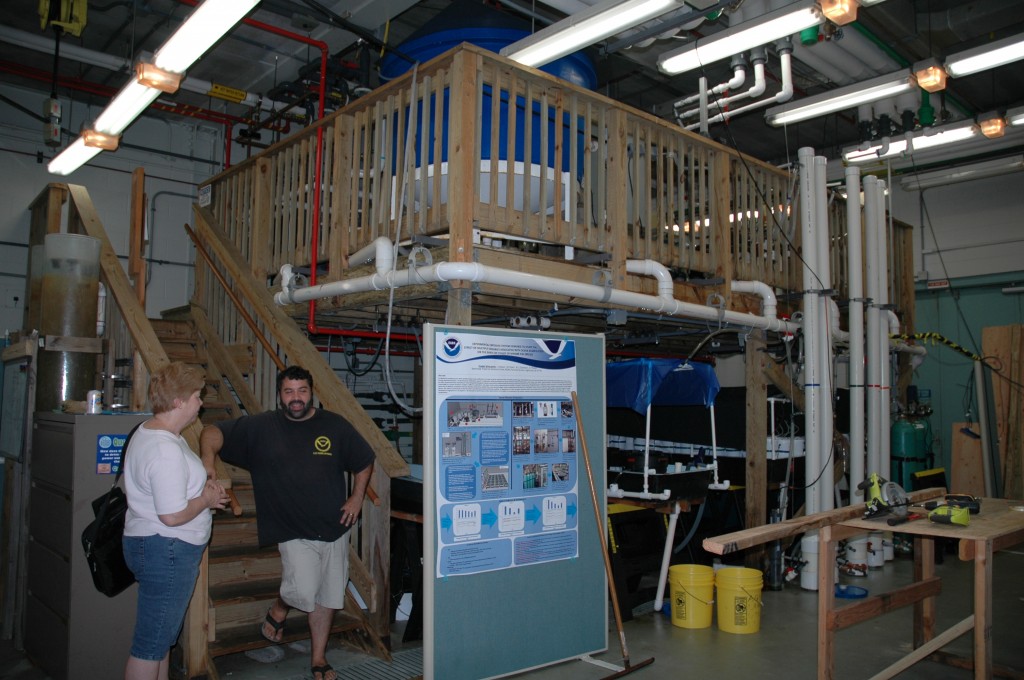
Scientists are also studying metabolism and digestion in monkfish, known to many as frogfish or goosefish (photo below). Wholly unattractive to look at, these are anglers – they dangle a “lure” from the tops of their heads to attract dinner to their large mouths. These fish are themselves becoming more important as dinner for humans as they increase in commercial catches. This shift in species is a concern for fisheries managers, hence the research focus.
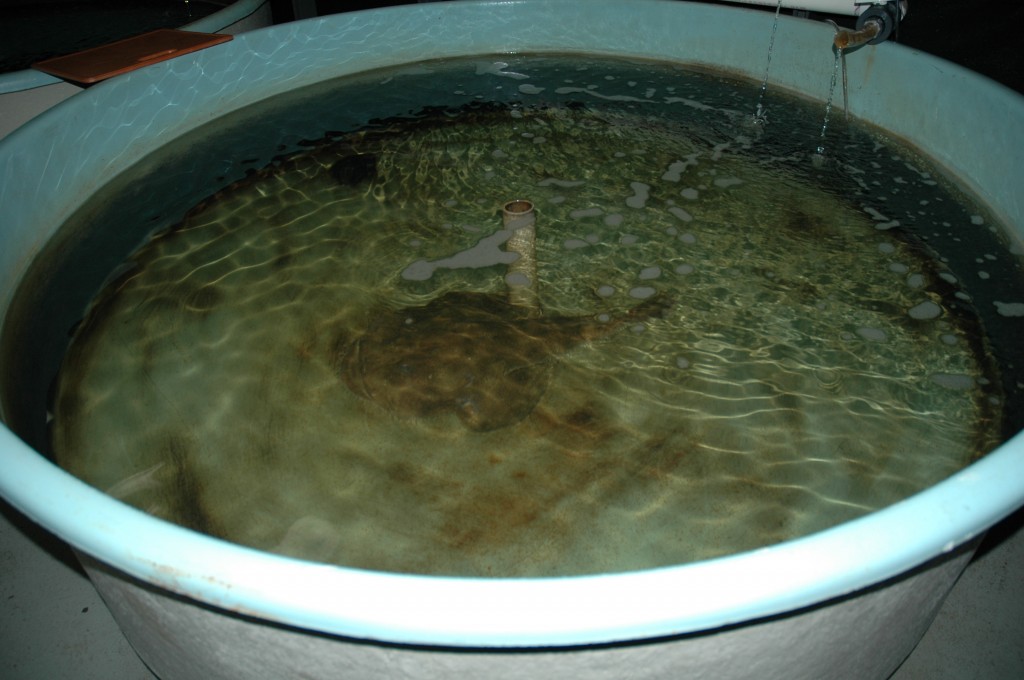
It was great to have my old friend Beth give me an inside tour of the facilities, something most casual visitors would not be able to do. At the same time it was sad to see that many of the buildings on the Hook are not being maintained due to lack of interest and financing by the federal or state governments that control the site. The fisheries research being carried on at the lab has taken a severe funding hit to the point where the staff has shrunk in recent years from over 60 to only 27 people. The short-sightedness of legislators and Governors is simply irresponsible given that it is this kind of scientific research that provides the critical information necessary to make informed, wise decisions that affect us all every single day.
David J. Kent is an avid traveler and the author of Tesla: The Wizard of Electricity. You can order a signed copy directly from me, download the ebook at barnesandnoble.com, and find hard copies at Barnes and Noble bookstores, as well as online at B&N.com and Amazon.com.
Follow me by subscribing by email on the home page. And feel free to “Like” my Facebook author’s page and connect on LinkedIn. Share with your friends using the buttons below.
Like this:
Like Loading...
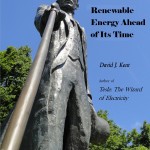 Today is the last day you can download a free copy of my new e-book, “Nikola Tesla: Renewable Energy Ahead of Its Time” on Amazon.com. In thanks to all of the people who celebrate Nikola Tesla and have supported me over the last few years, I’m providing followers with the book for no cost during this limited period. After today you’ll have to purchase it.
Today is the last day you can download a free copy of my new e-book, “Nikola Tesla: Renewable Energy Ahead of Its Time” on Amazon.com. In thanks to all of the people who celebrate Nikola Tesla and have supported me over the last few years, I’m providing followers with the book for no cost during this limited period. After today you’ll have to purchase it.
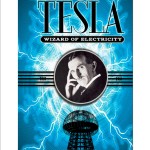 Coincident with the release of my e-book, my first book, Tesla: The Wizard of Electricity is back in Barnes and Noble stores this summer. It’s a perfect book for all audiences and makes a great Back to School book. More information and another free book offer can be read here.
Coincident with the release of my e-book, my first book, Tesla: The Wizard of Electricity is back in Barnes and Noble stores this summer. It’s a perfect book for all audiences and makes a great Back to School book. More information and another free book offer can be read here.


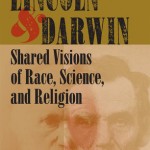 Abraham Lincoln and Charles Darwin were born on the same day, February 12, 1809. Both became icons of change and are will be remembered throughout history for their contributions. The book is subtitled: Shared Visions of Race, Science and Religion. While their views were not so much shared as contrasted, author James Lander deftly flips back and forth between Darwin’s and Lincoln’s lives as they experience their separate travels, coming of age, development of ideas, and eventual breakthroughs into the public eye as they dramatically change history.
Abraham Lincoln and Charles Darwin were born on the same day, February 12, 1809. Both became icons of change and are will be remembered throughout history for their contributions. The book is subtitled: Shared Visions of Race, Science and Religion. While their views were not so much shared as contrasted, author James Lander deftly flips back and forth between Darwin’s and Lincoln’s lives as they experience their separate travels, coming of age, development of ideas, and eventual breakthroughs into the public eye as they dramatically change history.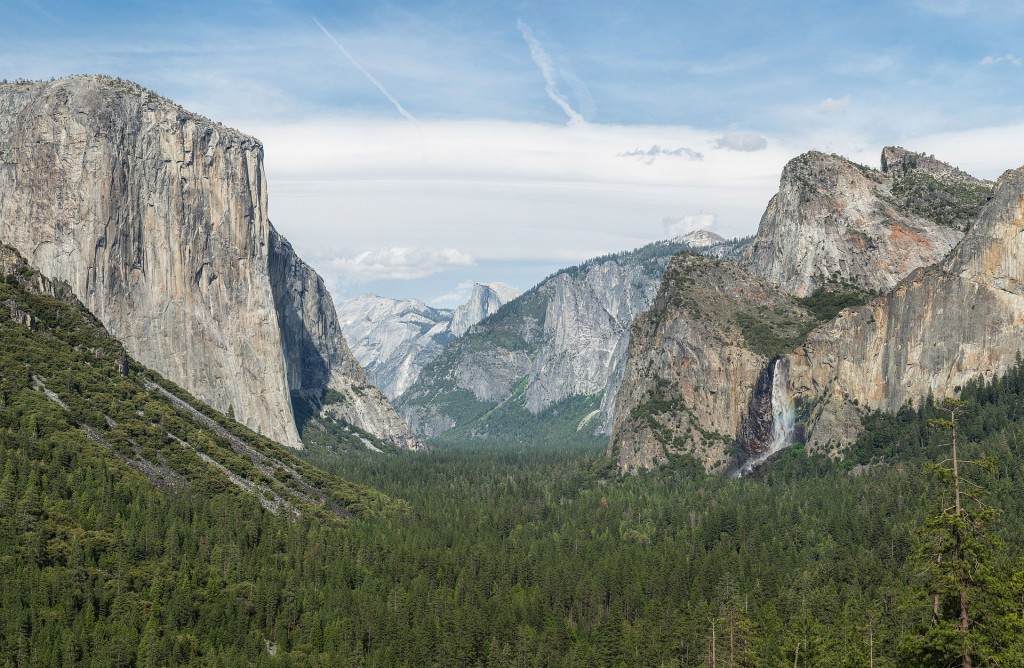
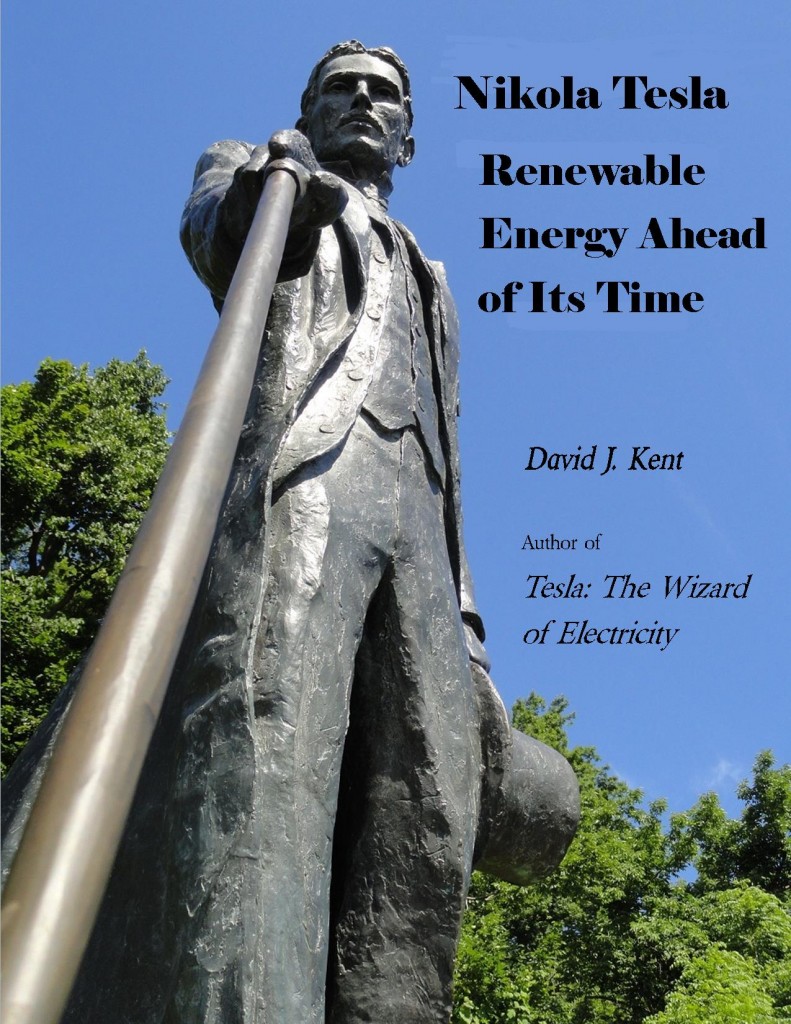
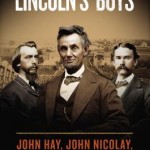 Everyone knows Abraham Lincoln, in part because of the diligent work done by his two secretaries – John G. Nicolay and John Hay. But little has been done to illuminate the two men themselves. Zeitz has done us all a favor by accomplishing just that.
Everyone knows Abraham Lincoln, in part because of the diligent work done by his two secretaries – John G. Nicolay and John Hay. But little has been done to illuminate the two men themselves. Zeitz has done us all a favor by accomplishing just that.





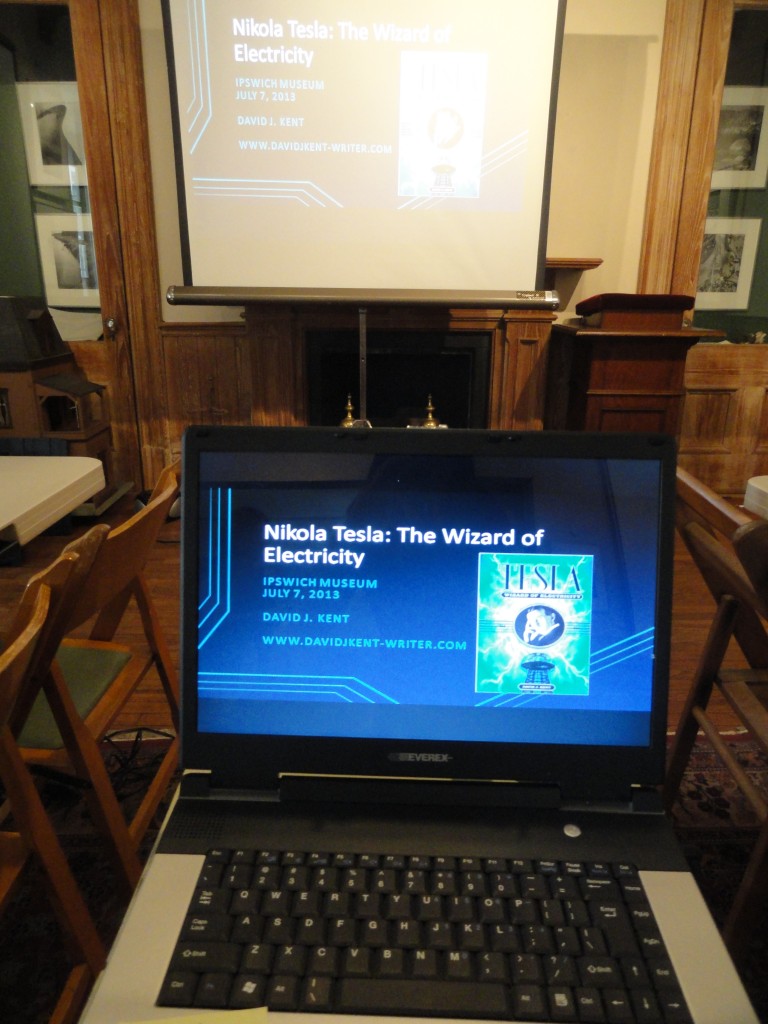
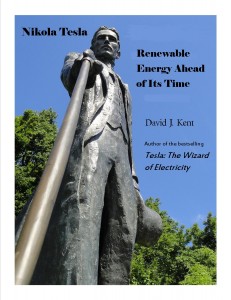
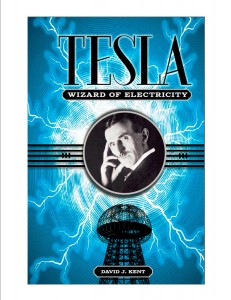 Coming out soon is my new e-book,
Coming out soon is my new e-book, 



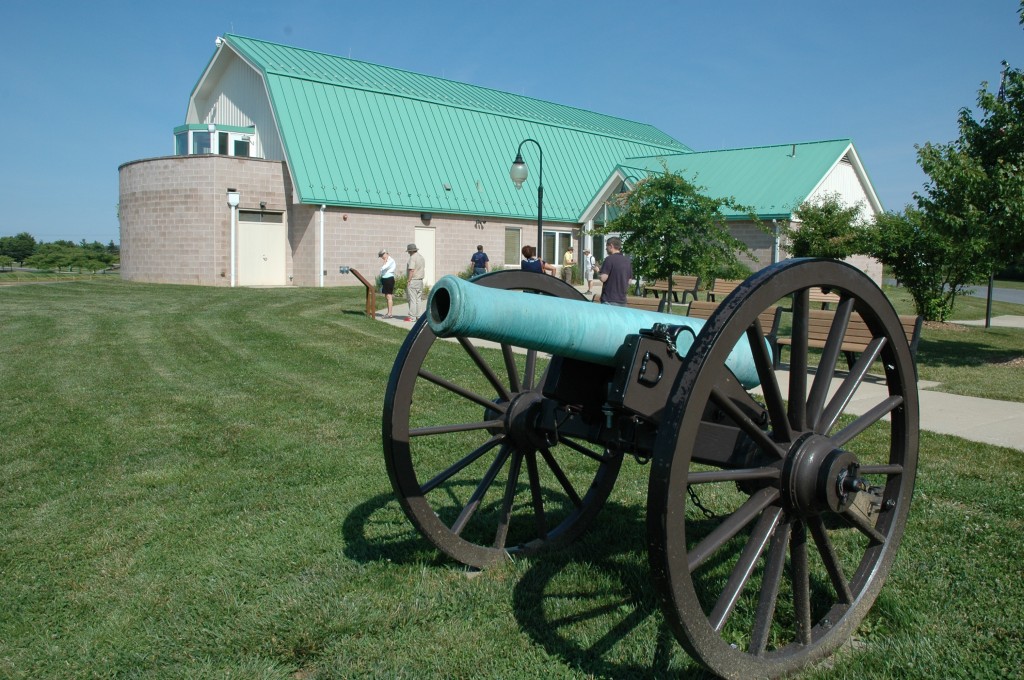
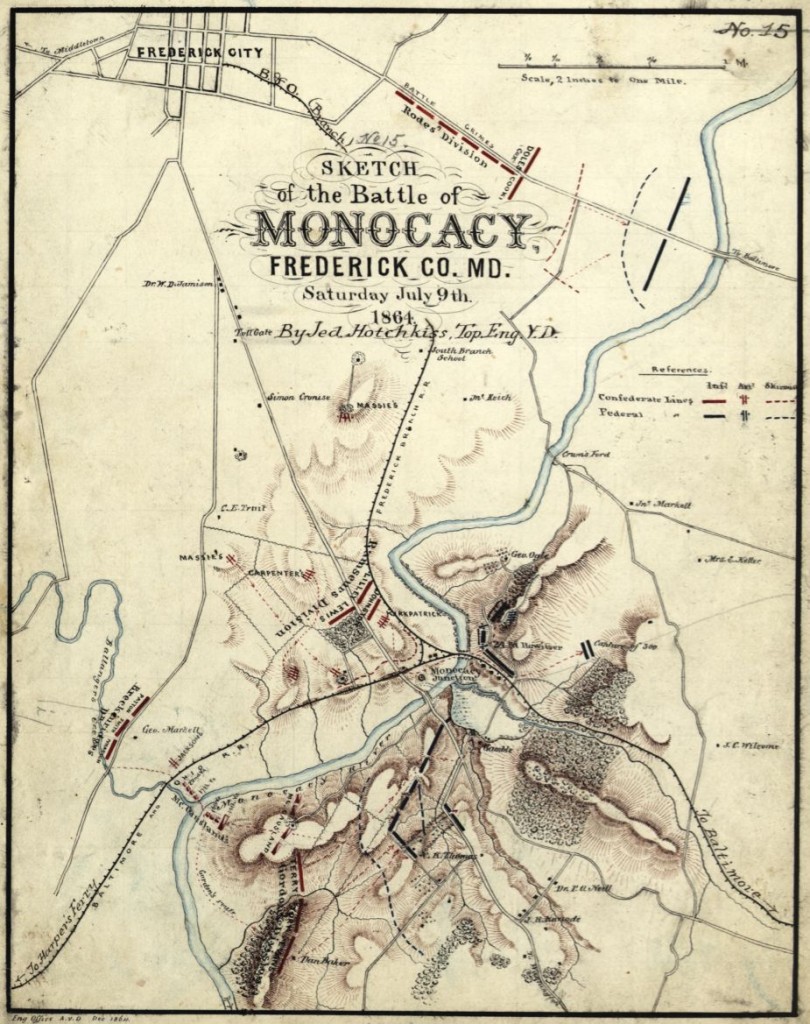

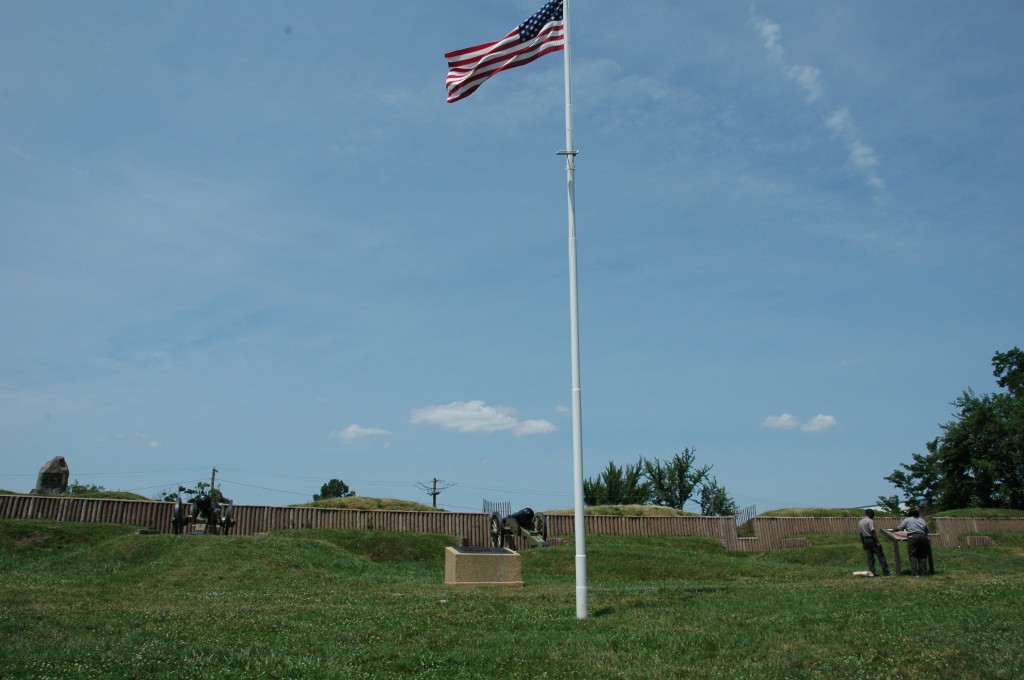 After a delightful open-air lunch at the Urbana Park, we were on to Fort Stevens. Located inside the District line from Silver Spring, Maryland (and not far from the modern day horror of the “DC sniper”), Fort Stevens is a series of low dirt mounds lined with Union cannon. Here was not only the repelling of Early’s forces but the site of one of Abraham Lincoln’s most famous incidents.
After a delightful open-air lunch at the Urbana Park, we were on to Fort Stevens. Located inside the District line from Silver Spring, Maryland (and not far from the modern day horror of the “DC sniper”), Fort Stevens is a series of low dirt mounds lined with Union cannon. Here was not only the repelling of Early’s forces but the site of one of Abraham Lincoln’s most famous incidents.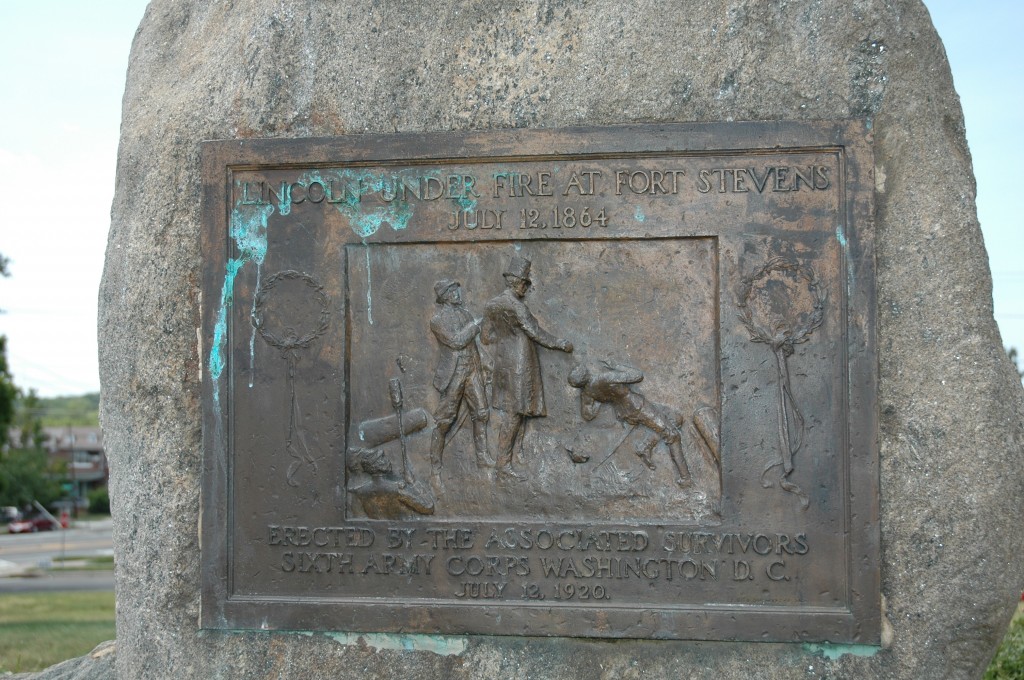 Living not far away at the Soldier’s Home, Lincoln had decided to see the action first hand. Ignoring the risk, Lincoln stood his 6-foot, 4-inch frame (plus tall top hat) on top of the mound to get a view. A medical officer standing beside him was hit with a bullet, after which the infamous (and possibly apocryphal) line was blurted out: “Get down you fool.” Whether it was this or a more respectful imploring for the President to get out of the line of fire we will likely never know, but thankfully he did get down and was unharmed.
Living not far away at the Soldier’s Home, Lincoln had decided to see the action first hand. Ignoring the risk, Lincoln stood his 6-foot, 4-inch frame (plus tall top hat) on top of the mound to get a view. A medical officer standing beside him was hit with a bullet, after which the infamous (and possibly apocryphal) line was blurted out: “Get down you fool.” Whether it was this or a more respectful imploring for the President to get out of the line of fire we will likely never know, but thankfully he did get down and was unharmed.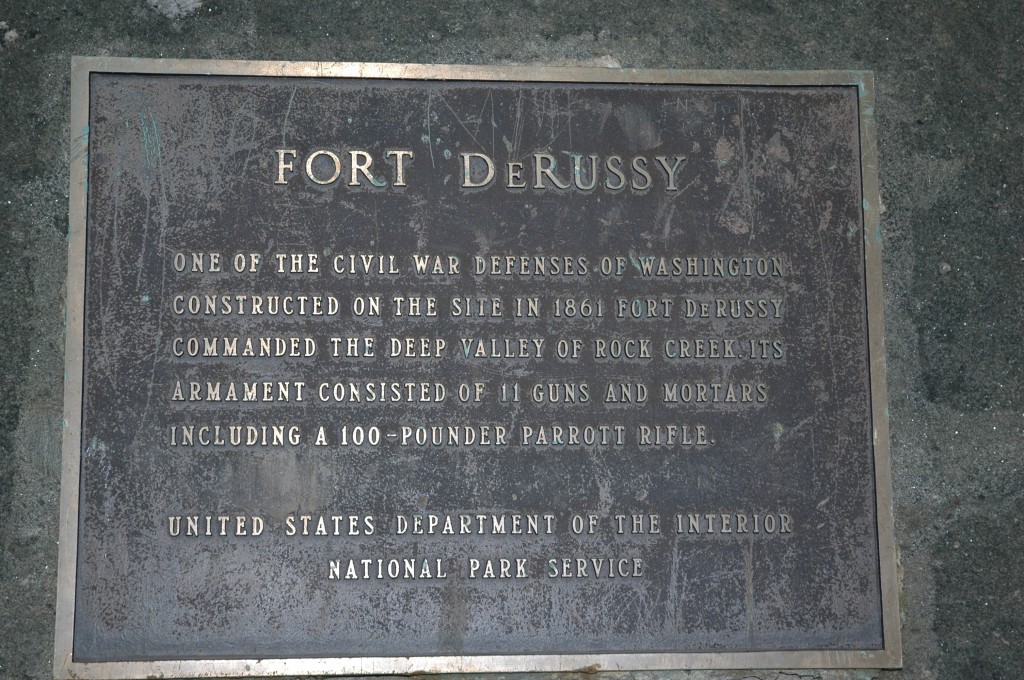 Our last stop was at Fort DeRussy, another of the small forts that served as a perimeter around Washington DC during the war. Earthenwork like Fort Stevens, DeRussy also boasted a “100-pounder,” a rifled Parrott cannon that could fire accurately for up to 4 miles.Many thanks to Craig Howell for being such a fantastic and knowledgeable tour guide, to Beltway Transportation for the comfortable bus and daring driver, and to Karen Needles, Susan Dennis, and everyone else in the Lincoln Group who arranged the tour. As the saying goes, a great time was had by all.
Our last stop was at Fort DeRussy, another of the small forts that served as a perimeter around Washington DC during the war. Earthenwork like Fort Stevens, DeRussy also boasted a “100-pounder,” a rifled Parrott cannon that could fire accurately for up to 4 miles.Many thanks to Craig Howell for being such a fantastic and knowledgeable tour guide, to Beltway Transportation for the comfortable bus and daring driver, and to Karen Needles, Susan Dennis, and everyone else in the Lincoln Group who arranged the tour. As the saying goes, a great time was had by all.






